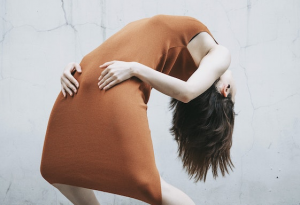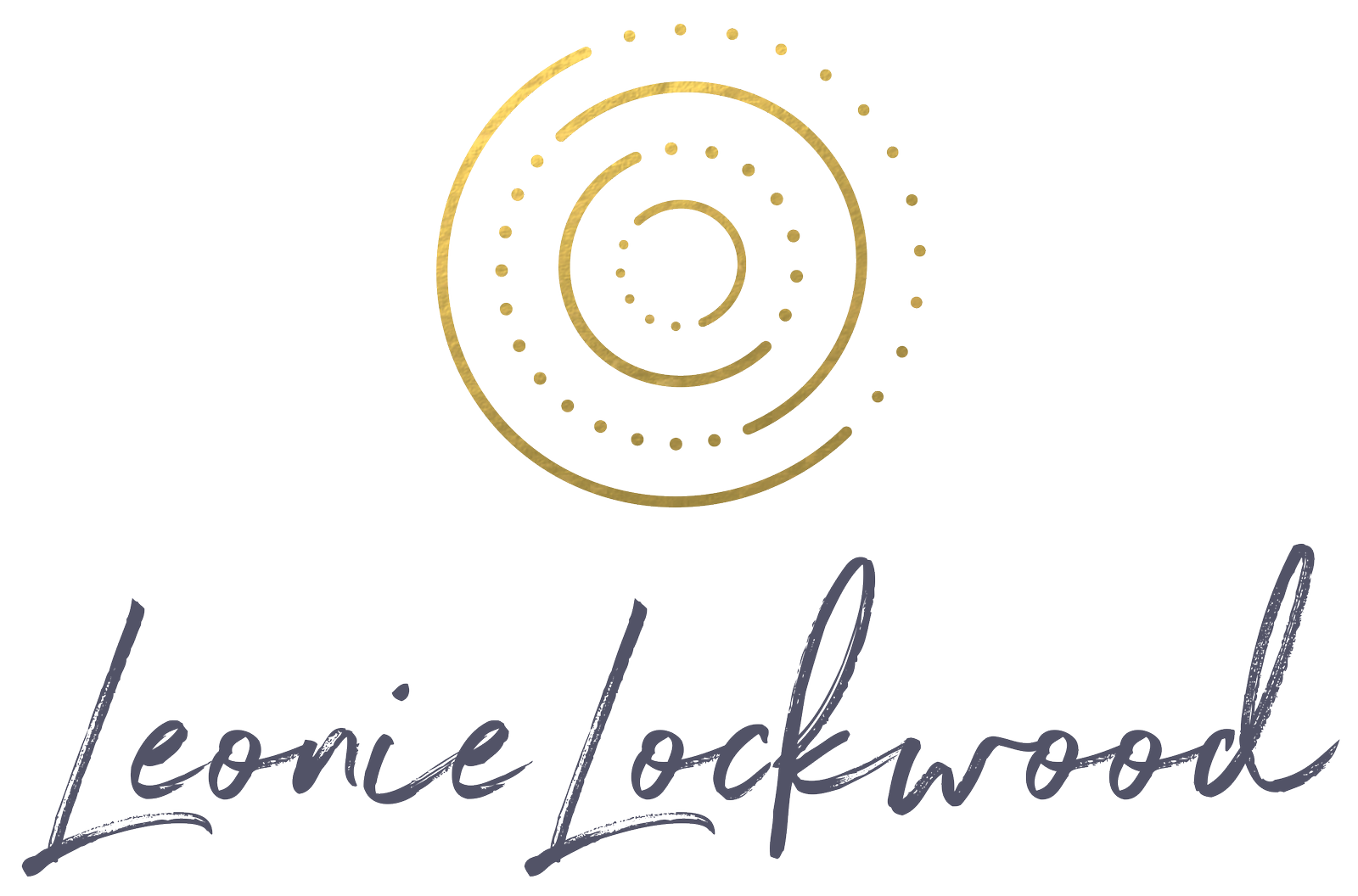The word ‘creep’ pops up in writings on Yin yoga from time to time, usually followed by a technical and physiological explanation that can make your head whirl. Creep has a range of meanings. Dependent on your business. Creep can be found in contexts such as of calf feeding, metal working, movie making, anatomy or just being a creep.
So what is it? Is it important or good for our body and how do we make creep occur?
What is creep?
Essentially ‘creep’ is the elongation and deformation of connective tissues structures as a result of the application of a slow tensile load. It’s what happens to these tissues as the result of a passive stretch. Connective tissue ‘creep’ occurs due to passive stretching over a period of time. This is primarily what we do in a Yin yoga class. The connective tissue structures (think fascia, joints, ligaments, tendons) are temporarily elongated and deformed due to the passive stretch. Once the stretch is released, the connective tissues slowly reform and return to their natural resting state. With a difference.

Does creep need rest?
To reform and return to their natural resting state, connective tissues need a period of rest and recovery. This is because the outcome of stretching these tissues, temporarily weakens them. A period of rest allows the tissues to recover. They bounce back stronger and more resilient. One of the key features of a Yin yoga practice is the rebound – a period of rest and recovery. So in a Yin yoga practice we both passively stretch – encourage creep and then rebound – rest to encourage recovery. What’s rebound you ask? You can read about rebound here.
When we practice more dynamic forms of movement such as power vinyasa, weightlifting, cycling, running etc it is mainly the muscle fibres that benefit from the repeated small tears that occur with movement. These repair with rest also, and strength is increased.
The connective tissues function on a similar principle of tear and recovery to build strength and robustness. But rather than the dynamic movement that muscle fibres prefer, the connective tissues prefer slow, tensional loads – passive stretching – over a period of time. After the recovery, the connective tissues are generally stronger, more hydrated, with less adhesions and misalignment of their structures.
Why creep is important?
When the connective tissues are stronger and more hydrated we tend to feel lighter, have less pain and have more spring throughout the body. Activities such as running and skipping may feel easier and more fluid. The force of these movements is absorbed throughout the entire body, instead of just locally. So less stress in the long term on localised sites such as the Achilles tendon and calf myofascia.
Some ‘creep’ in the tissues is good for our general sense of bounce. But it’s also possible to gradually reset our natural resting length and maintain joint stability as we learn to release contractive holding. This holding might come from the breath, muscles, emotions or thoughts. Releasing the contractive holding, helps us shift into a parasympathetic response, which can generate mindful examination.
Is creep bad?
We can have too much ‘creep’. Too much ‘creep’ occurs when the tissues are over stretched, perhaps forcibly at times, and not given enough time to recover. Without adequate recovery time the connective tissue structures are no longer able to return to their natural resting length. Continuing to do this repeatedly can destabilise and weaken the connective tissues that support joints.
Is creep just a Yin yoga thing?
No creep occurs whenever you are doing passive stretching for a period of time. Generally longer than a couple of minutes. Time enough for the tissue to move from a colder, stiffer state to one that is more fluid and pliable.
What does creep feel like?
The feeling of frailty and vulnerability we feel as we exit Yin poses is the feeling of connective tissues reforming with lesser adhesions. It might also feel like zings, tingles and pulses from the internal tissues. These feelings are generally temporary. With practice yogis can surf the waves of sensation, emotion and thought. It’s an opportunity to develop our interoception “>interoceptive skills. Mature yogis understand that the body changes constantly and know there will be some days with more limitations than others. Observing the outcome of your yoga practice should go beyond the time you are on the mat.
How long does recovery take?
Connective tissues need more than a minute or two to recover. And they need longer than muscle fibre to repair. Dependent on the internal consistency of our connective tissues we might need anywhere between 7 – 48 hours before we add strong, dynamic movement back into our movement repertoire. It always extremely helpful to monitor our bodies in the 24 hours following a Yin yoga practice to ensure that we are giving the connective tissue structures time to repair.
Whatever our movement practice, for our body’s ongoing health and stability we need to find the happy balance between some, but not too much creep.
Part of understanding creep comes not only in the practice of Yin yoga but also in understanding key fundamentals of Yin yoga. You can learn more about Yin yoga in one of my Yin Yoga teacher trainings.
P.S. And you can read the Merriam – Webster dictionary definition of creepy here. It’s definitely different from ‘creep’.
